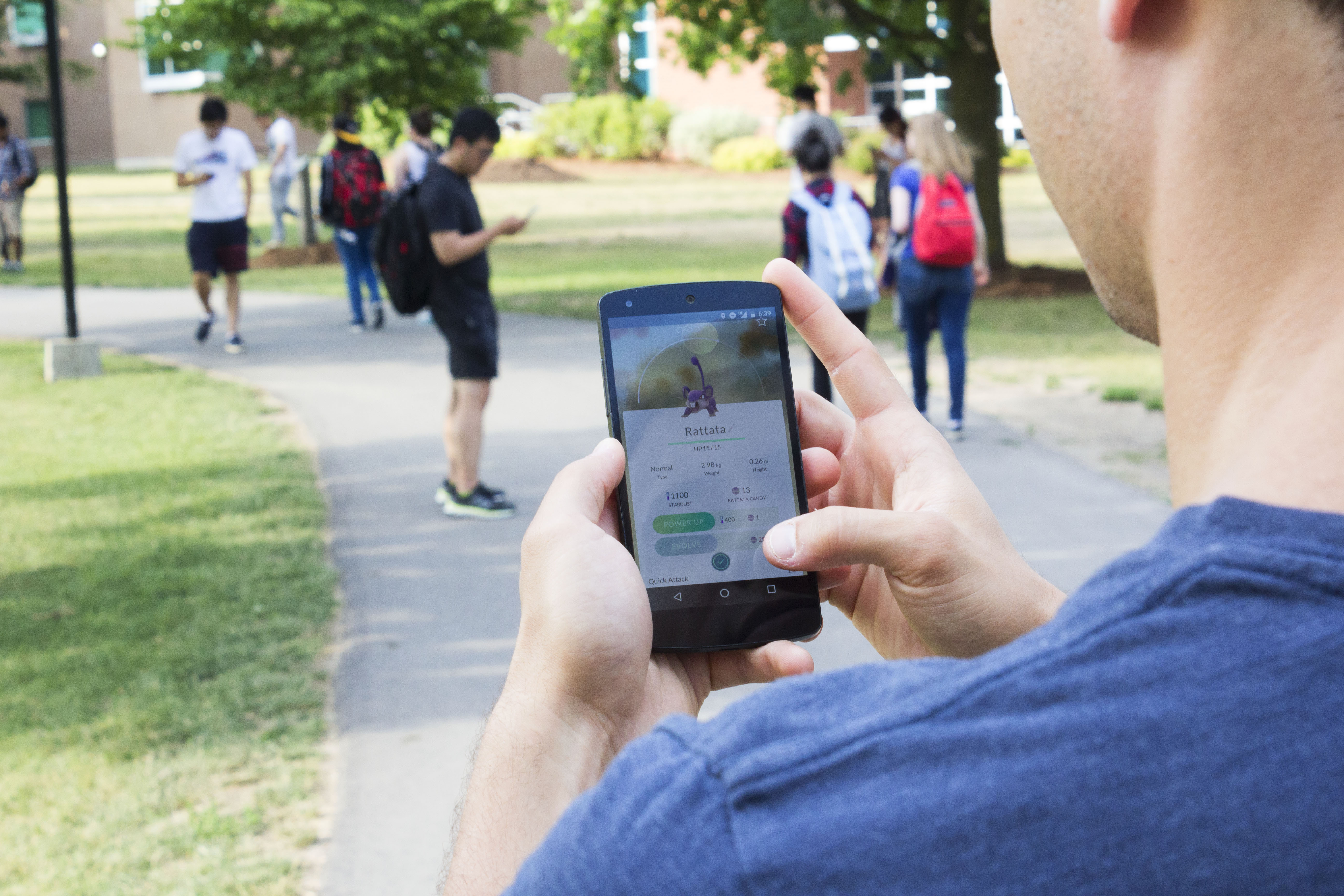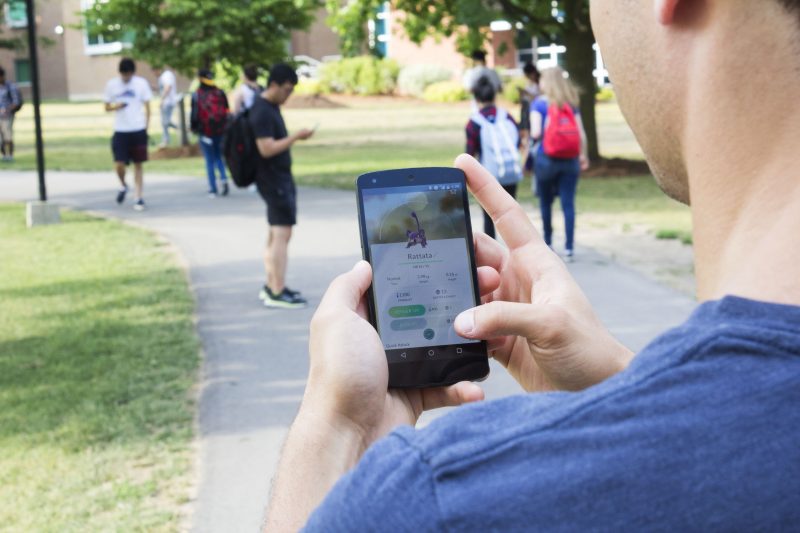Three cheers for Pokémon Go


By now you have probably seen people walking around Waterloo in groups, randomly stopping at intersections and landmarks, with their eyes glued to their phones. Although not an uncommon sight, its what’s on those phones that’s making waves. By releasing this augmented reality game, Nintendo has seemingly solved a video game’s biggest downfall: lack of physical activity.
I think there were two main feelings towards Pokémon Go upon its release. Some were incredibly excited that the Pokémon experience was leaving the little cartridges we’ve become so used to. Others were skeptical, thinking this was just another shot of heroin to our smart phone addicted culture.
I counted myself among the second group, but soon after its release I did install the app on my phone, thinking it might be an entertaining trifle.
The game starts like any other Pokémon game.
You meet the professor who introduces you to the world of Pokémon and then leads you to catch your starter (in my case it was Squirtle). But then it does something that could be described as revolutionary. Where in regular Pokémon games you can sit in one place and catch all the Pokémon you could imagine, here you can’t catch anything without going outside and walking around.
And I don’t mean just walking around your street. You have to actually explore your city to progress in the game at all.
But the game doesn’t leave you blind in this endeavor. Scattered across the street map of wherever you live are markers—called Pokéstops—that note significant landmarks. So here in K-W, there is one for the Charles Street Terminal, the old railway building on Regina Street and pretty much every church you can find. And those are just the ones I’ve come across and can remember right now.
As you explore looking for Pokémon and trying to level up, you become acquainted with the physical landscape in which you live.
And just as there is a Pokémon egg system in the old games that involves aimlessly walking around to hatch the eggs, now you actually have to physically move a few kilometers to hatch every egg. This video game promotes physical activity, local connectivity and has the potential for so much more—it is, after all, less than a month old.
Now there are some obvious concerns involved here.
Don’t let the game drive you to distraction when you’re running around. It’s as easy to walk across the street distracted while playing this as it is while typing a text. There’s also no way to make a significant landmark of your own (home for instance) so I can only imagine younger kids getting lost if they go exploring. Nor is there yet a means for parents controlling content for their kids should they wish to do so.
And I’m sure there are other bugs that will need sorting out.
Protections that will need to be organized so that the app doesn’t become some subtle form of propaganda, targeting people with specific Pokéstops as companies pay to use it as an advertisement.
But honestly, the potential for good that this game carries is more than I ever could have hoped for. If you’re a fan of the series, give it a go, I promise its worth it.

